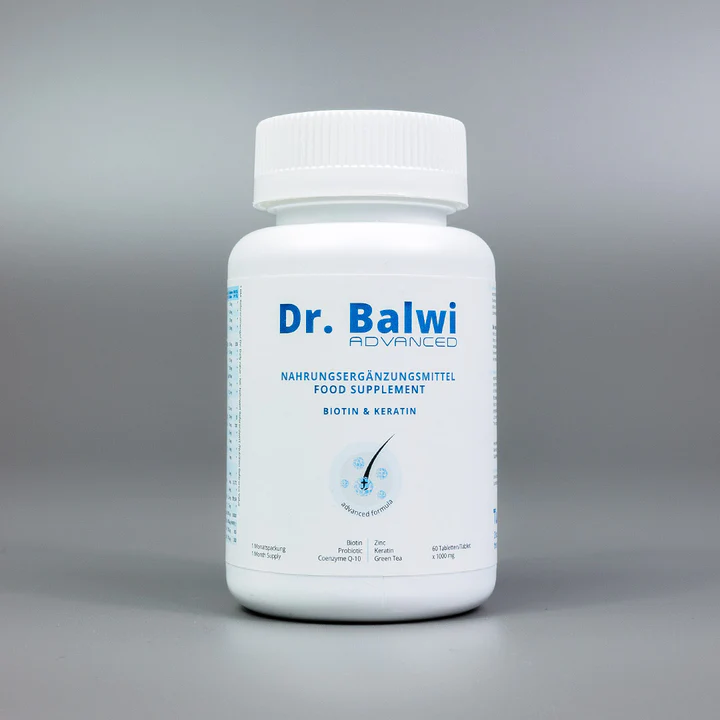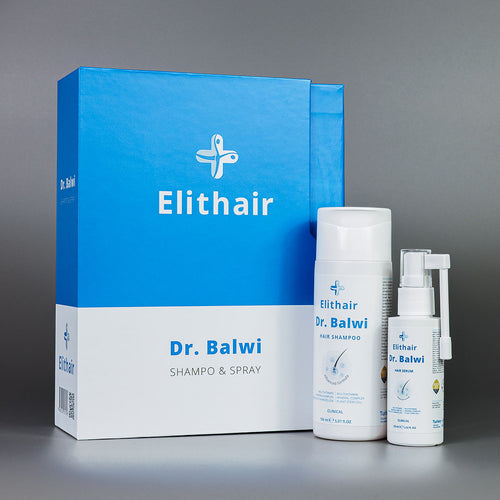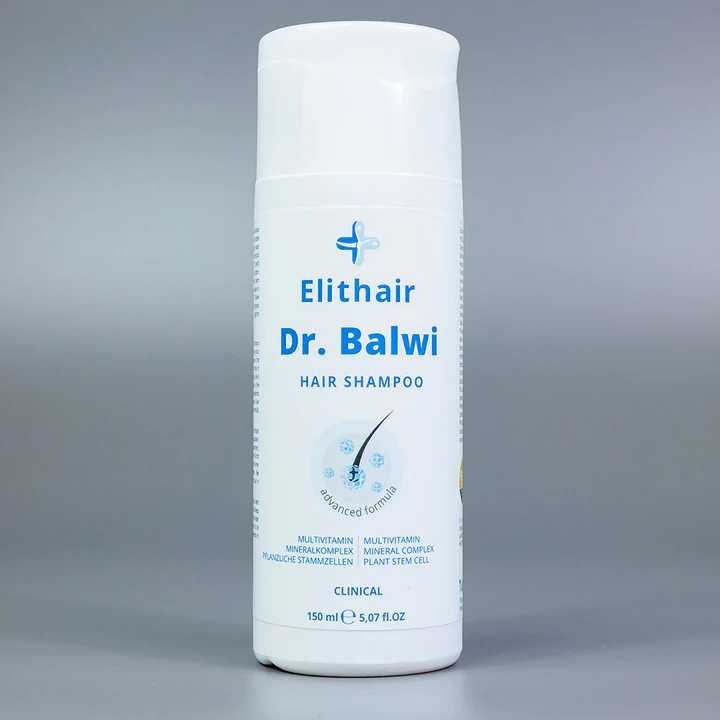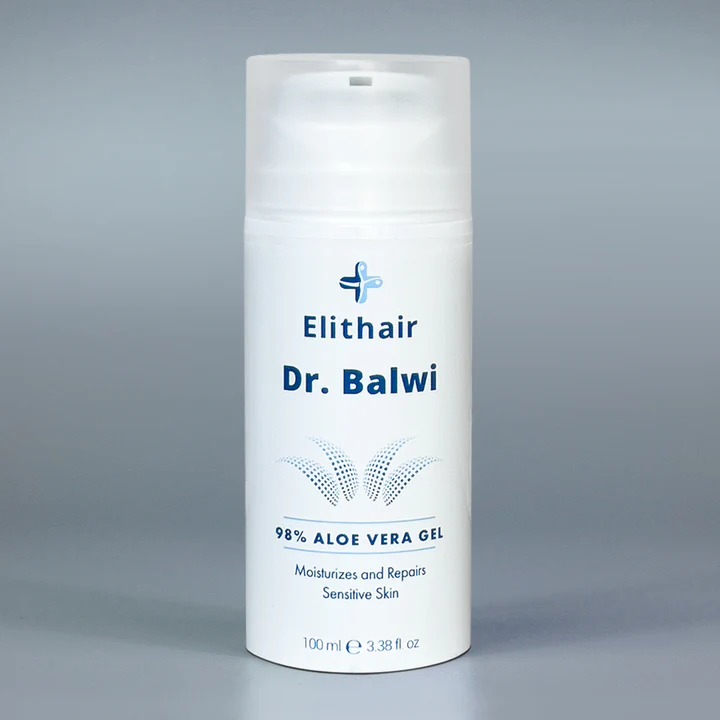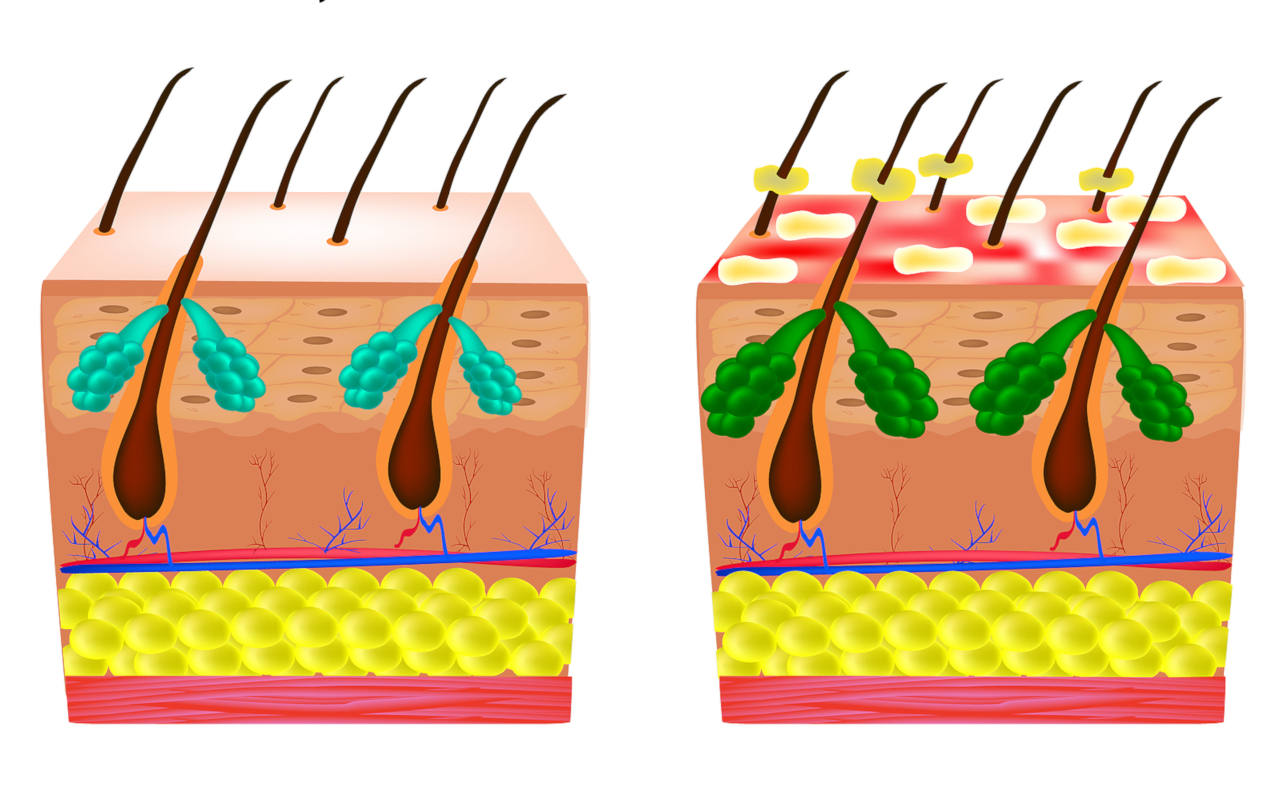
What are the Symptoms and Treatment of Hair Fungus?
From seborrheic dermatitis to tinea capitis, hair fungus is more common than you might think. In fact, everyone has a small amount of yeast on their scalp. Hair fungus only becomes a problem when there is an overgrowth of yeast. Although usually harmless, fungal infections can be uncomfortable, frustrating and cause unpleasant symptoms. In more serious cases, it can also lead to further complications including hair loss and undue stress. By understanding the causes of yeast overgrowth, however, you can soon restore the balance of yeast in your body and have healthy hair again.Summary
- What is Hair Fungus and What Causes It?
- What are the Symptoms of Hair Fungus?
- How to Treat Hair Fungus
- How to Prevent Fungal Hair Infections
- Conclusion
What is Hair Fungus and What Causes It?

Simply put, fungal scalp infections are an overgrowth of yeast. While there are numerous types of yeast, the most common is candidiasis or candida. Candida is a natural part of our microbiome system and is usually harmless.
Candida becomes a problem when there is an imbalance within our bodies that compromises the good bacteria, leading to yeast overgrowth. These imbalances can occur for many reasons.
The most common include:
- High levels of stress
- Medications and antibiotics
- High sugar and high carb diets
- Harsh chemicals
- Injuries to the scalp
- Hormonal changes
Fungus thrives in moist, damp areas like the scalp and in hair shafts. While those in warmer climates may be more susceptible to hair fungus, it can affect everyone. The different types of hair fungus can cause varying symptoms and will require differing treatment plans to remedy them.
Should I be concerned about a fungal infection?
Although not usually a serious health concern, hair fungus has been known to cause serious complications in rare cases. One such complication occurs when fungus infiltrates the hair follicle and causes hair to become brittle. Due to the environments with which it can spread it can be quite contagious as it can be transmitted not only human to human and animal to human but also from physical contact with objects like towels or clothes.
In some cases, the hair can become so weak that the hair breaks frequently and leaves a bald patch of skin to reveal an inflamed, scaly patch that is prone to blistering. It is precisely for these circular marks on the skin infection that hair fungus earns the name scalp ringworm.
What are the Symptoms of Hair Fungus?
The symptoms of hair fungus appear in men and women and can come in different forms like tinea capitis. It can also affect children and babies (cradle cap). In most cases, hair fungus appears as dandruff/seborrheic dermatitis or as round, inflamed spots that develop on the scalp. The fungus can either cover the entire head or appear in small sections.
With the infection called ringworm you’ll see a scaly and red patch which can cause baldness in the area in a ring shaped pattern. On the other hand thrush appears as a red or purple rash with the cracking of skin and shedding of white skin flakes.
How can I detect hair fungus?
If you are suffering from a fungal infection, you may experience mild or persistent itching along with dandruff or scaly spots on your scalp.
Other symptoms of hair fungus include:
- Round patches on the scalp
- White, flaky skin or scales
- Bleeding when brushing
- Weak strands of hair that are shorter than the rest
In some cases, fungal scalp infections can be accompanied by other common skin conditions such as eczema, psoriasis and even athlete’s foot. Often those who have a lowered immune system are more prone to developing these hair fungal conditions. This means you will need to be extra aware of hygiene and potential contact with those who may have these infections.
How to Treat Hair Fungus

For the most part, yeast infections clear up without treatment. If the symptoms do not ease off, however, hair fungus can be incredibly persistent, often lasting months, if not years. It can also spread to other parts of the body, causing complications including increased hair loss.
Nevertheless, hair fungus can be treated and eliminated for good. The best and most effective treatment for ringworm is implementing good hygiene standards with antifungal medication/products such as shampoos and topical creams which have been medically reviewed and can be purchased over the counter.
Medications and home remedies
By keeping infected areas clean and dry, you will reduce the risk of developing a secondary bacterial infection. In more serious cases, dermatologists and medical professionals can give medical advice and prescribe anti-fungal tablets and medications to ease the symptoms and help clear up the infection. Diagnosis and treatment go hand in hand when it comes to finding the right solution. With the infection ringworm you may need antifungal tablets and an antibiotic cream can be helpful for impetigo.
When it comes to home remedies they have not been proven to be as effective in treatment but can help to alleviate symptoms if not completely cure the infection. It’s important to check with your doctor before using these in case they interact negatively with any medication you’re already using. Alternative treatments include apple cider vinegar, coconut oil and some essential oils like lemongrass or tea tree.
Is hair fungus contagious?
As hair fungus is highly contagious, it can spread through direct contact with others. As well as spreading through close contact, fungal spores can contaminate shared objects such as combs, hats and hair accessories.
It can also reappear after treatments and so when treating fungal scalp infections, it is important to follow up with preventative measures to ensure ultimate hair and scalp health.
If you are suffering from symptoms of hair fungus like itching, soreness and reddened skin, you can gain relief by applying a warm washcloth to the affected area to relieve them.
How to Prevent Fungal Hair Infections
Control and prevention when it comes to hair fungus is the most effective treatment against fungal infections. You can prevent fungal infections by implementing a great hair care routine that maintains hair health and scalp hygiene.
Use products that do not contain harsh chemicals but are instead rich with nourishing ingredients. Our range of hair care products including the shampoo and serum set are specifically formulated with your hair health in mind. Also avoid wearing headgear such as hats, hoods and hair accessories as much as possible to allow your scalp to breathe.
You can also implement a healthy, balanced diet with plenty of vitamins and nutrients. As well as stimulating hair growth, a balanced diet will help to keep your scalp happy and healthy.
Other measures to reduce the risk of fungal infections include:
- Keep your scalp dry and clean
- Avoid sharing towels, combs, brushes, hats and hair accessories
- Regularly groom your pets – infected animals are known transmitters of fungal infections
- Wash your pillowcase and bedding on a regular basis
Conclusion
Fungus is normal – we all have fungus in and around our bodies. When the balance of yeast is disrupted, however, fungal infections can cause unpleasant and frustrating symptoms along with unnecessary stress. You can maintain hair and scalp health by implementing a good haircare routine with nourishing, anti-fungal products alongside a healthy and balanced diet.
